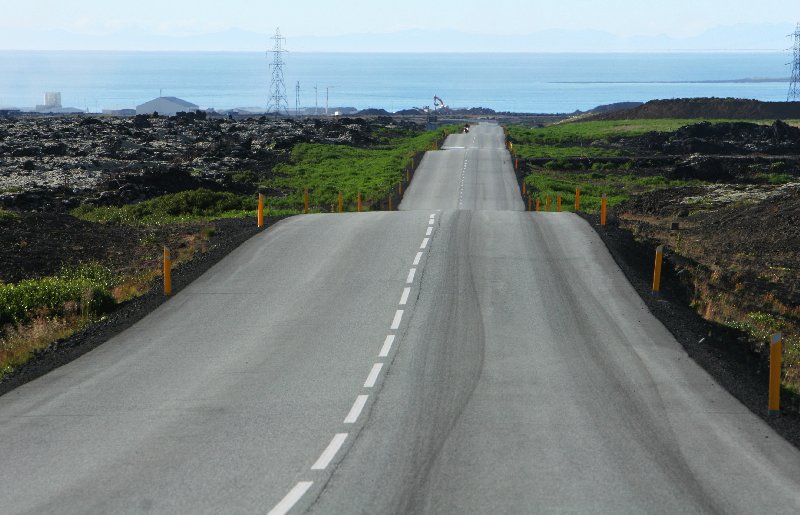
This article contains information about other types of tarmac degradation and road maintenance. Since you had a low tire recently, I would.
#DRIVING ON A BUMPY ROAD PATCH#
This should only be done if you are coming to a stop, or if you encounter a patch of oil or other slippery material where there is a risk of the bike sliding out from under you. The steering wheel shaking when you let go of it usually means the problem is in the front wheel/suspension area. If you take your feet off the footpegs you have less control. Watch for raised manhole covers in areas where the tarmac has been stripped back. There is likely to be loose stones on the surface, too. Road works where the surface is scraped away will form a ridge between the existing road surface and the area of works. Potholes can form anywhere and can be quite deep. This can be dangerous when cornering as it makes it easier for you to clip your peg on the road surface. Longitudinal ridges and groves can be created by heavy vehicles on the road and can leave a high crown in the centre of the lane.

It can also be caused by weaknesses in the material under the tarmac that causes compaction in certain areas. Lateral ridges and undulations can be caused by tarmac rippling due to the forces of vehicles braking. the road drops (often just on one side of the road), and several metres later it rises again. These tend to create longer depressions, i.e. Roads can have several kinds of bumps and each one needs slightly different anticipation by you, the rider.īumps can be caused by the road subsiding into an adjacent drain or other waterway.

Characteristics of bumpy roads when riding a motorbike


 0 kommentar(er)
0 kommentar(er)
